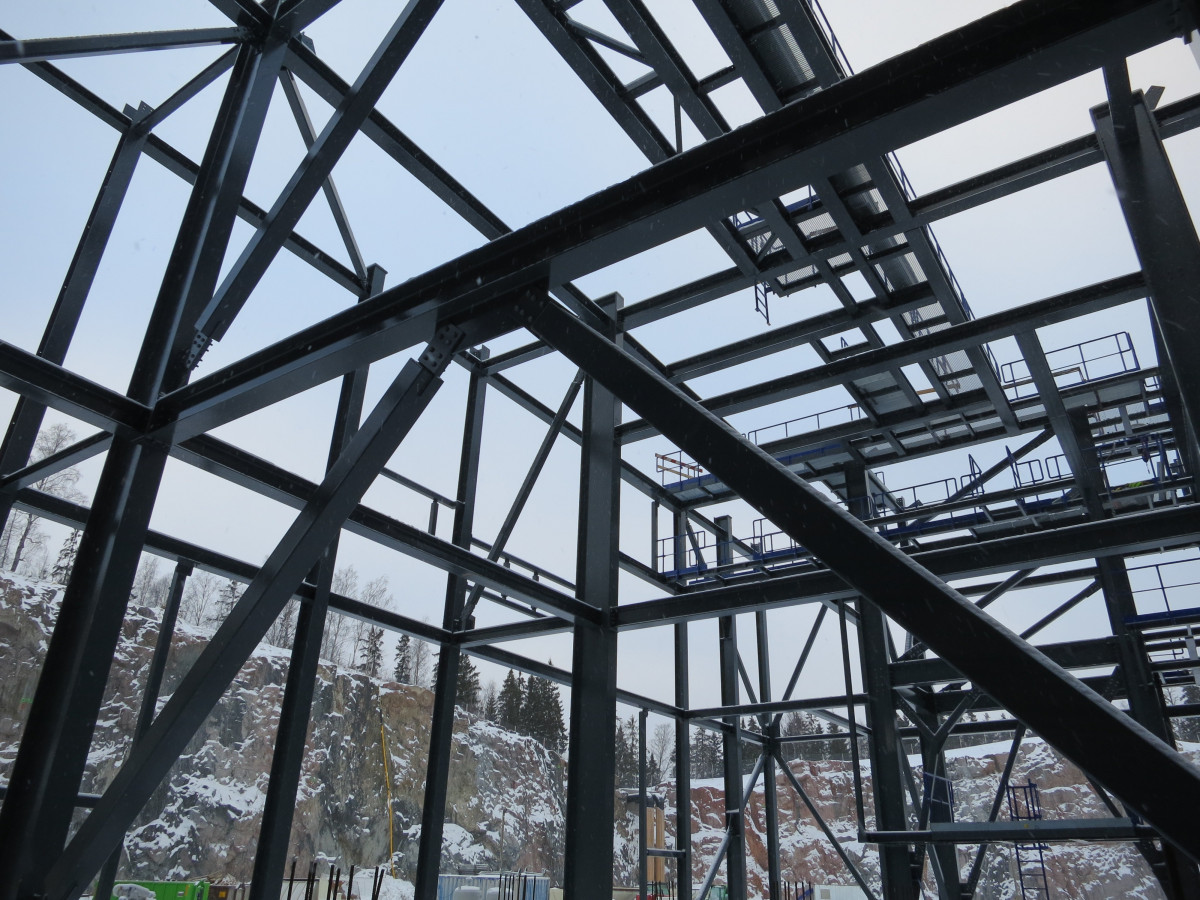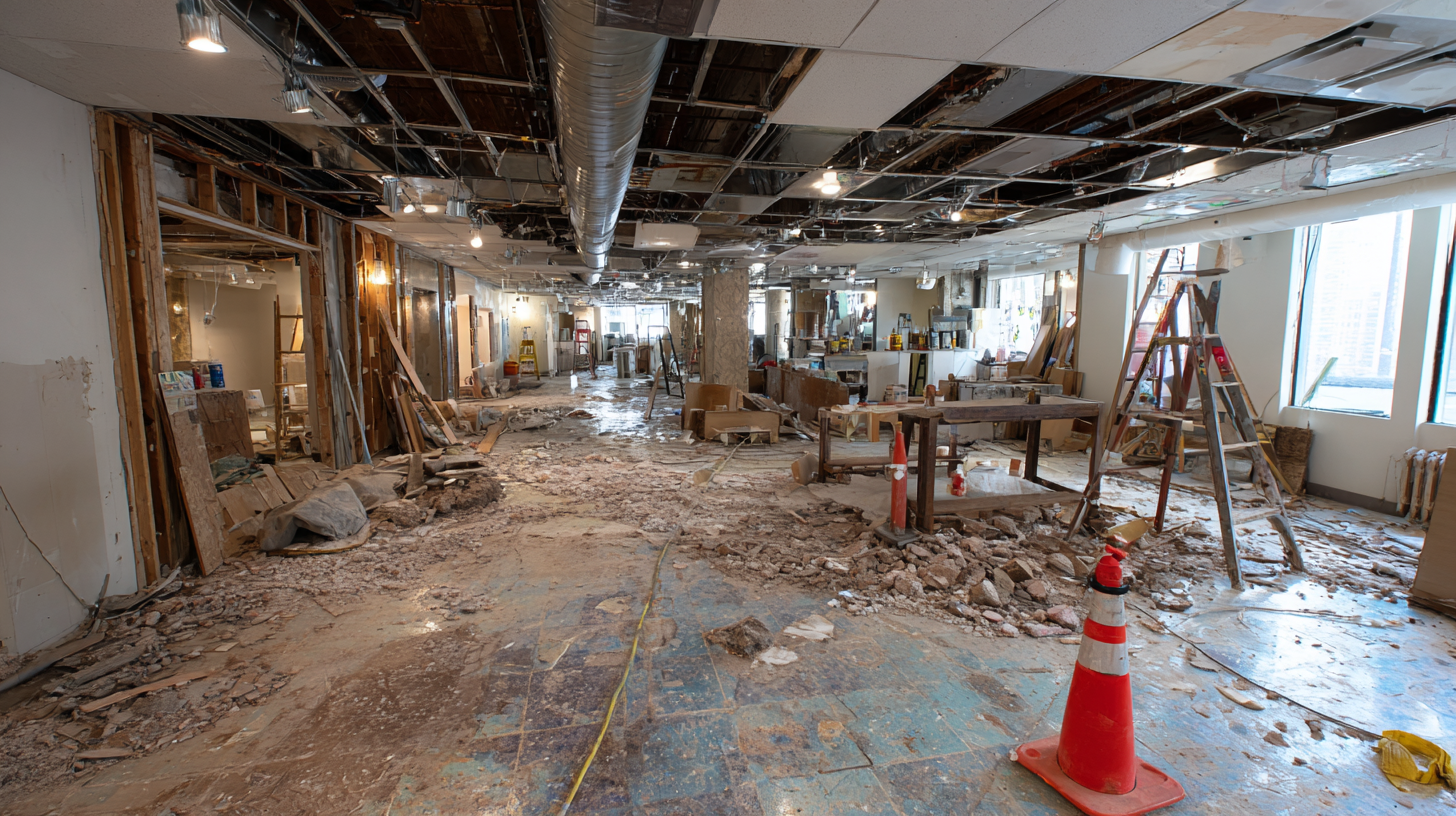Understanding Soft Demolition: Expert Soft Demolition Contractors & Services
When planning to refurbish, reconfigure, or repurpose a building, many clients seek a method that allows internal changes without full structural demolition. This is where soft demolition becomes essential. At W & S Hire Ltd / SoftStripContractors.co.uk, we specialise in soft demolition services delivered by experienced soft demolition contractors who understand the nuances of interior strip-out work across the UK.
What Is Soft Demolition?
Soft demolition refers to the removal of non-structural elements of a building while leaving the main structural frame intact. Instead of knocking down load-bearing walls or altering foundational support, soft demolition targets fixtures, finishes, partitions, ceilings, floor coverings, internal mechanical and electrical systems, and other decorative or functional components. In other words, soft demolition gives the building a clean slate internally while preserving the external shell and supporting structure.
This contrasts with hard demolition, which involves removing structural elements such as load-bearing walls, columns, beams, or even entire floors or wings of a building. Hard demolition is more invasive, often requiring structural engineering, heavy machinery, and extensive safety measures. Soft demolition is more surgical in nature and is frequently used ahead of refurbishment, renovation, or fit-out work.
Why Choose Soft Demolition Over Hard Demolition?
Soft demolition offers several advantages. Because the structural core remains intact, projects tend to be more cost-effective, quicker, and less disruptive to adjacent buildings. It reduces waste by focusing only on internal components, thereby reducing disposal and recycling costs. Soft demolition enables phased approaches, where portions of a building can be stripped while other areas remain operational. It also helps preserve building integrity, reduce vibration or damage to surrounding structures, and minimise risk in dense or urban environments.
The Role of Soft Demolition Contractors
A reliable team of soft demolition contractors does more than just tear out interiors. At W & S Hire Ltd, our contractors bring deep knowledge in interior demolition, site sequencing, health and safety compliance, waste management, and coordination with other trades. We manage everything from planning, surveys, and risk assessments to executing the strip-out work by zones, handling utilities, controlling dust and noise, and final clean-up.
Soft Demolition vs Hard Demolition: What’s the Difference?
Although both types involve demolition, the key difference lies in structural intervention. Hard demolition is destructive to the main building skeleton, while soft demolition works around it. Hard demolition may require scaffolding, shoring, heavy excavators, and may invoke more complex regulatory oversight. Soft demolition, by comparison, is less about brute force and more about precision, coordination, and mitigation of disruption.
Where Soft Demolition Services Are Used
Our soft demolition services are applicable in a wide range of settings. Offices often undergo soft demolition to remove partitions, flooring, ceilings, and M&E systems. Retail units and high‑street businesses use soft demolition in rebrands or refits. Warehouses, factories, bar and restaurant interiors, schools, healthcare facilities, and multi‑tenant buildings all benefit from soft demolition as a preparatory stage before refitting or redesign.
How We Deliver Soft Demolition Projects
First, we begin with a full site survey to understand the layout, existing services, internal finishes, access constraints, and any suspected hazards (like asbestos). We then prepare a detailed plan, including risk assessments and method statements, defining which elements will be removed and in what sequence, as well as how utilities will be isolated.
Before demolition begins, all electrical, water, gas, and data services are safely disconnected. When necessary, asbestos surveys and removal are commissioned to ensure compliance with regulations. Our soft demolition contractors then proceed zone by zone, removing ceilings, partitions, fixtures, ductwork, cabling, and finishes in a controlled manner. Dust suppression, containment screens, and scheduled working times are used to protect the remainder of the building and neighbouring properties.
Materials are segregated on-site—wood, metal, plasterboard, concrete rubble, and general waste—and then transported via licensed waste carriers to recycling or disposal facilities. At the end, the space is cleaned and handed over as a bare shell for the next contractor or fit-out team.
Challenges and Solutions in Soft Demolition
In many soft demolition projects, unforeseen conditions arise: hidden services, structural surprises, or hazardous materials. Because our contractors are seasoned in handling surprises, we always incorporate contingency planning. We pause, reassess, issue revised method statements, and bring in specialists if needed. Tight schedules, limited access, occupied areas, adjacent tenants, and noise or dust constraints are all managed through phased work, coordination, and mitigation strategies.
Why Work with W & S Hire Ltd for Soft Demolition?
With over 16 years’ experience in soft strip and interior demolition across the UK, W & S Hire Ltd is well positioned to handle complex soft demolition jobs. Our service is built on safety, reliability, cost transparency, and environmental responsibility. We offer nationwide coverage, local mobilization, and experienced teams who coordinate seamlessly with architects, contractors, and clients alike. We pride ourselves on delivering projects on time, on budget, and with minimal disruption.
Getting Started with Soft Demolition
If you need a soft demolition contractor, start by requesting a site survey and free quote. We’ll walk through your building, assess structural and service conditions, and propose a demolition plan with cost estimate based on scope, complexity, waste, and access. From there, we’ll execute the soft demolition service, keeping you informed at every stage until handover.
Frequently Asked Questions (FAQ) — Soft Demolition / Soft Strip Services
1. What is soft demolition?
Soft demolition, or soft strip, involves the removal of all non‑structural interior elements of a building while preserving its main structural framework. Fixtures, partitions, ceilings, floor finishes, mechanical and electrical systems, and other non‑load bearing features are removed to create a clear shell ready for refurbishment or redevelopment.
2. How does soft demolition differ from hard demolition?
Soft demolition is selective and preserves the building’s structural elements, whereas hard demolition removes structural components such as load‑bearing walls, columns, beams, or full sections of a building. Hard demolition is more intrusive, often requiring heavy machinery and structural engineering oversight, while soft demolition is more strategic and controlled.
3. Why would someone choose soft demolition instead of hard demolition?
Soft demolition is generally quicker, more cost‑effective, and less disruptive to surrounding areas and buildings. It reduces waste by targeting only internal elements, allows phased work in live environments, and lowers risk of damage to structural elements or adjacent properties. It is ideal when the external shell is to be retained.
4. Which types of buildings benefit from soft demolition services?
Most commercial, institutional, and industrial structures are suitable. Examples include office buildings, retail units, restaurants, warehouses, factories, schools, healthcare facilities, and mixed‑use developments. Wherever interior reconfiguration or new tenant fit‑outs are required, soft demolition is often the first stage.
5. Do I need a site survey before work begins?
Yes. A comprehensive survey is essential. It helps to identify existing services (electrical, plumbing, HVAC), structural constraints, access routes, hazard materials like asbestos, and logistical challenges. This ensures an accurate plan, quote, and safe execution.
6. What about asbestos and hazardous materials?
If asbestos or other hazardous substances are suspected, a specialist survey must be conducted prior to starting demolition. If materials are confirmed, licensed removal is required. Soft demolition cannot proceed until all hazardous risks are handled safely in compliance with regulations.
7. How are utilities managed during soft demolition?
Before any removal begins, all utilities—gas, water, electricity, HVAC, data, and communications—are isolated or disconnected by qualified personnel. This ensures safety for the demolition team and prevents damage to systems still in use elsewhere in the building.
8. How is dust, noise, and disruption controlled?
We implement a series of measures including containment sheeting, dust suppression (e.g. misting or wet work), negative pressure extraction, noise dampening techniques, phased work zones, and scheduling to avoid peak times. Our goal is to minimise disruption to occupants, neighbours, and adjacent trades.
9. Can soft demolition be done in occupied or partially occupied buildings?
Yes, but it requires more planning, staging, and safety controls. Work is often phased so that parts of the building remain operational. Strict separation of work zones, enhanced dust and noise controls, and communication with occupants are essential.
10. How long does a typical soft demolition project take?
Project durations vary based on size, complexity, access, number of floors, structural layout, and presence of hazardous materials. Small offices might take days, mid‑size commercial units days to weeks, and large industrial buildings several weeks. We create detailed time plans specific to your site.
11. How much does soft demolition cost?
Costs depend on factors such as building size, complexity, scope of interior elements to remove, waste disposal, material recycling, access conditions, utilities, and presence of hazardous materials. We provide fully itemised quotations after site inspection so you know exactly what you’re paying for.
12. What happens to all the removed materials and debris?
Removed materials are segregated onsite (metal, wood, plasterboard, general waste, etc.). Recyclable materials are sent to recycling facilities, non‑recyclables to licensed waste centers. Hazardous waste is handled under controlled protocols. We maintain full waste documentation, including transfer notes.
13. What documentation and certifications do you provide?
We supply all required documentation: risk assessments and method statements (RAMS), waste transfer notes, compliance certificates, health & safety policies, insurance certificates, quality control reports, surveys, site closure certificates, and where applicable, asbestos clearance certificates.
14. What safety standards do you adhere to?
All our works comply with relevant UK regulations and standards, including CDM Regulations, health and safety legislation, asbestos control rules, environmental controls, PPE and respiratory protection policies, and site management practices. Safety audits and inspections are carried out regularly.
15. What happens if unforeseen conditions are uncovered during demolition?
If unexpected elements appear (e.g. hidden structural supports, undocumented services, additional hazardous materials), work is paused, the new risks are assessed, method statements updated, and if necessary, specialist teams engaged. Communication is maintained with the client and schedule adjustments made transparently.
16. Can you coordinate with other trades or construction phases?
Yes. We work closely with project managers, structural engineers, M&E contractors, architects, and other trades to ensure our soft demolition fits seamlessly into the broader project schedule. We adapt to changes, re‑sequence as needed, and coordinate interfaces between trades.
17. Are there any limitations or situations where soft demolition is not appropriate?
Soft demolition is not suitable if structural changes are needed as part of the project (e.g. removing load‑bearing walls) or when the entire building is to be demolished. In such cases, a full demolition (hard demolition) strategy is required. Also, if the structural shell is in unsafe condition, soft strip might expose risks.
18. How do you choose a reliable soft demolition contractor?
Look for evidence of experience, quality client references, appropriate certifications and insurance, strong safety record, local knowledge, ability to provide detailed quotations and documentation, transparent waste management, and communication practices. A contractor who understands your project and location is invaluable.
19. How do we start the process?
Contact us with your project details — location, building layout, photos, intended use, and timeframes. We then conduct a site visit, survey, risk assessment, and produce a detailed proposal and quote. Upon agreement, we schedule mobilisation and begin works in coordination with your broader project plan.
20. What guarantees or assurances do you provide?
We strive to deliver on time, on budget, and in full compliance. Our contracts include performance guarantees, quality assurances, insurance protection, and transparency in changes or variations. Regular progress updates keep you informed and in control of the project.

